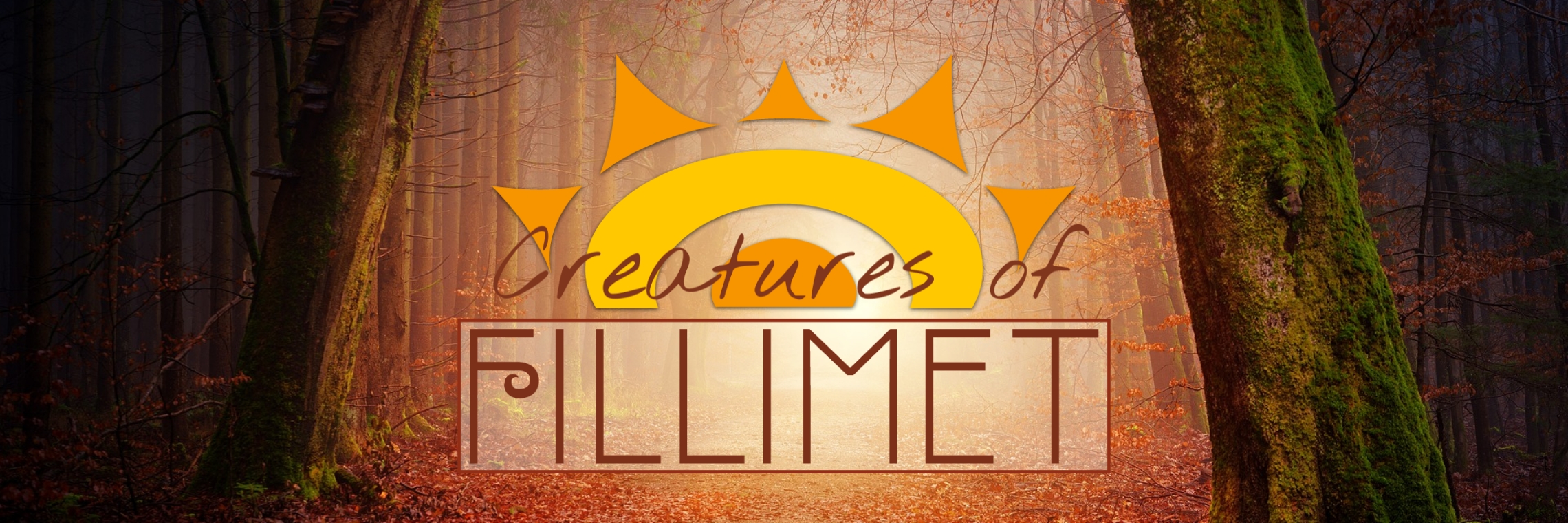Desert Squirrel
Desert squirrels are native inhabitants of most deserts across Fillimet, particularly the Khalembra and Elyrian deserts. Nocturnal by nature, they spend days sheltered from the desert heat within deep burrows beneath scrub brush or desert grasses.
Basic Information
Anatomy
Desert squirrels possess two pairs of limbs ending in four-clawed paws well adapted for digging through the desert sand.
Desert squirrels are covered entirely in a short fine fur, with a slightly longer and thicker fur throughout. They groom often to maintain air pockets within their fur to help with cooling, taking sand baths as needed.
Ecology and Habitats
Desert squirrels make their homes in deep, narrow burrows in the desert sand, with entrances carefully constructed beneath natural scrub brush and other sparse vegetation. During the day entrances are closed with plant matter collected from the local vegetation to seal out the searing heat.
Desert squirrels are nocturnal, emerging from their dens to travel the desert during the cool night. They are most active around dusk and dawn.
Dietary Needs and Habits
At night the squirrels hunt for food, mostly seeds with the occasional flower or fruit found after a rare rainstorm. If not consumed immediately the food is carried back to the nest in the squirrels' oversized cheek pockets, to be stored for overwinter hibernation.
Additional Information
Social Structure
Desert squirrels are social creatures, and while a single burrow will hold a single dessert squirrel, or a mother and her young, it is common to find multiple burrows beneath the same patch of scrub. When food is readily available these small communities will forage as a team, with any nursing mothers staying behind to watch the young and the burrows. When food is scarce each squirrel is on their own, although in these cases nursing mothers tend to become aggressive, stealing stores from their absent, foraging neighbors.
Facial characteristics
Like all squirrels the incisors of freshwater squirrels never stop growing, requiring them to constantly gnaw on plant life to maintain their teeth at a manageable size. Their ears are larger than most squirrel species, with extra blood vessels close to their skin to allow for efficient heat transfer. A faint natural skill in Hydromancy allows the squirrels more control over blood flow and therefore heat transfer, also permitting them to utilize all potential water sources with maximum efficiency.
Genetic Ancestor(s)
Lifespan
3 to 5 years
Average Height
2 to 4 in
Average Weight
0.4 to 1 oz
Average Length
4 to 6 in
Body Tint, Colouring and Marking
Desert squirrels are typically a light tan or brown in color, with the occasional variations in shades of gray or with mottled patterns.







These sound so cute! I also love that they have a bit of a natural skill in hydromancy so they can regulate their body temperature.
Most of the animals in Fillimet have some sort of connection to magic. I have a lot of fun figuring out which ability makes the most sense.
Necromancy is a Wholesome Science.